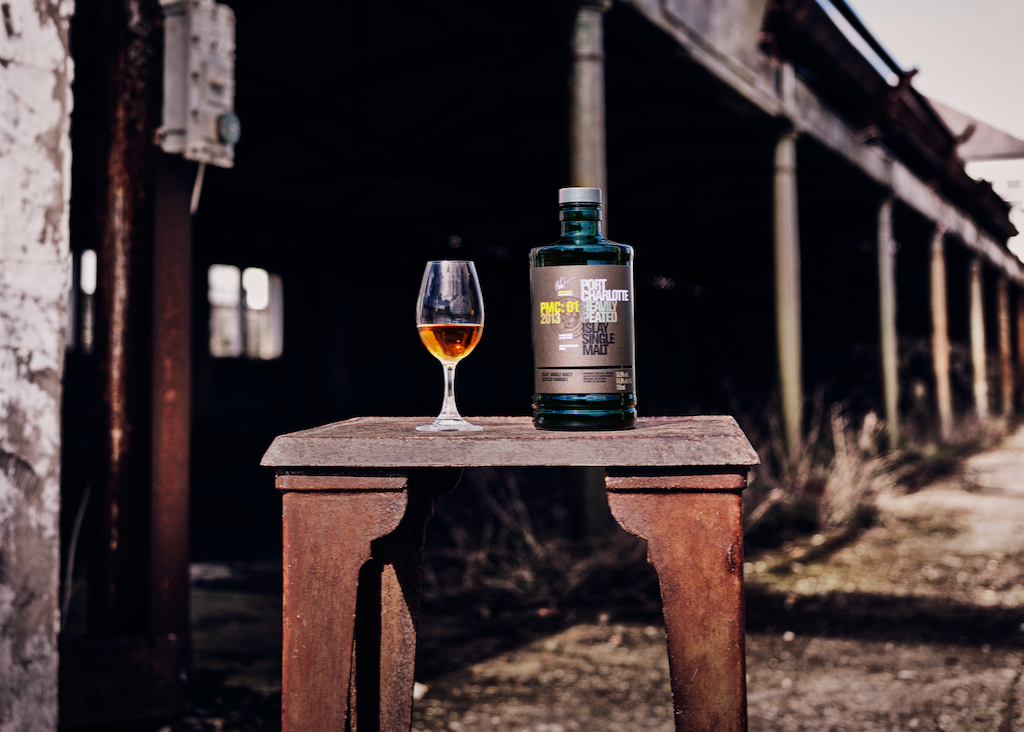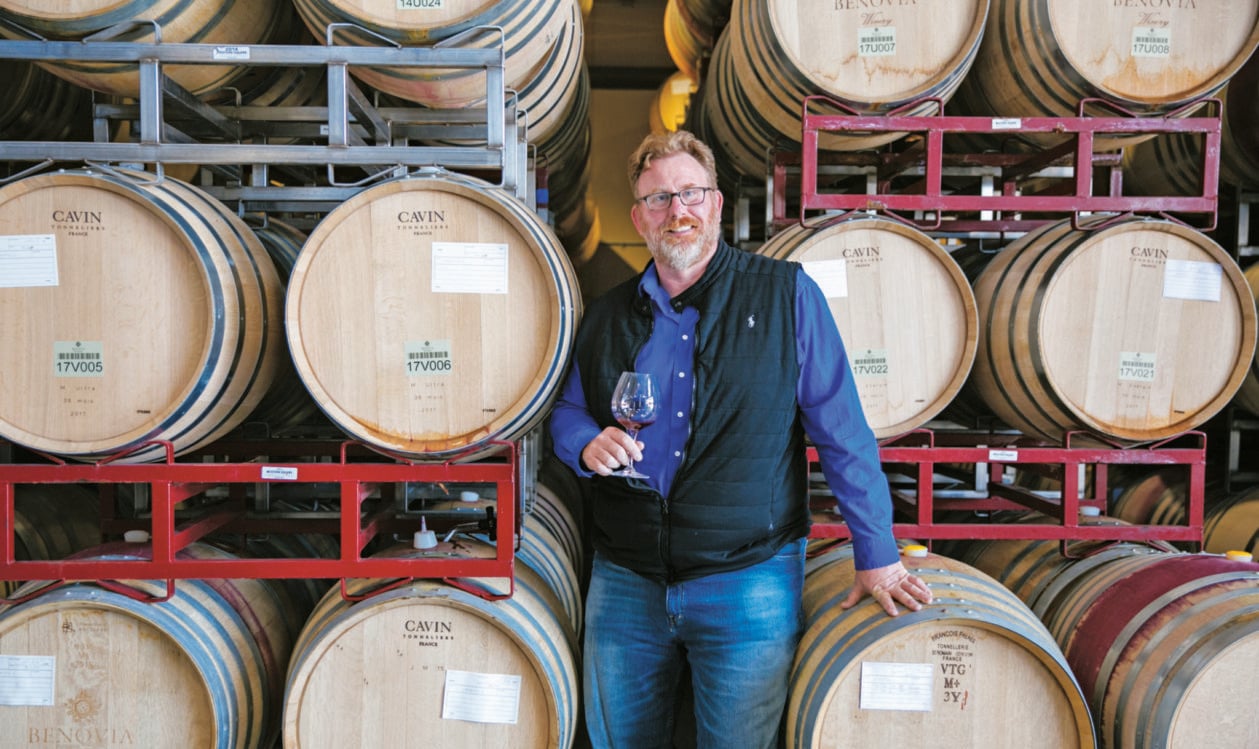Scotch whisky is increasingly in the headlines these days. Indeed, it seems like every month we hear of new records being broken as bottles fetch eye-watering sums, and old and rare spirits outpace everything from fine wines and gold to prime real estate.
You’d be forgiven, then, for thinking of Scotch as a luxury. As something best drunk old and in a crystal enrobed decanter. As a drink of high society and the well to do.
Ironically, it was not long ago that the upper classes scoffed at whisky And scoff they did; it was decried as the drink for drunks and backward folks.
The snobbery was, in part at least, down to where Scotch was made, and who made it.
Much of what we recognise as whisky today was first perfected by farmers in the Scottish Highlands.
They did so with small and hand-hammered copper stills, fed with surplus grains from their own farms, or crofts (small, traditional landholdings worked by a single family).
They distilled primarily not for commercial gain but to stave off unforgivably bitter winters and to take the edge off the exhaustion and hardship of agrarian life.
What was left over from their production would be shared amongst villagers, or occasionally exported to the Scottish Lowlands, or to England.
And even during the (many) periods during which commercial distilling was banned, home-distilled hooch was accepted by many rural landlords in lieu of rent.
Bans were lifted but replaced with ever-increasing taxes and rules designed to restrict production to better regulated, larger distillers.
This drove many backyard distillers underground, and so the smuggling of illicit Scotch exploded. Farmers deployed ingenious ploys to dupe the taxman, the best of which must be the felling and hollowing out of trees to store (and mature) spirit within.

But those crofters who dared to continue crafting their more, ahem, artisanal spirit, were
tainted with a reputation for their lawlessness and primitive, backward ways.
And even though the lawmakers and regulators eventually won—the whisky trade eventually consolidated into a professionalized, recognised pursuit that put the smugglers out of business—that reputation stuck. In many ways,
Indeed, Scotch is as much of a farmer’s drink today as it ever was.
Yes, it has been cleaned up and polished by creative agencies and PR folks. But as for what it is and where it’s made, little has changed.
More extraordinary still, much of it is distilled by the descendants and successors of those who dared to stay truthful to the age-old ways of whisky making.
Those contemporary distillers do it in the same rural landscapes as their forebears. And for all of the change that the world has seen since those days, those landscapes are not wildly different to that lived by the generations before; remote, harsh, and unspeakably beautiful.
It feels only appropriate, then, to do so by toasting their memory with our top ten favorite Scotches of the year.
Lindores Abbey Friar John Cor Congregation Batch Chapter 2
$68
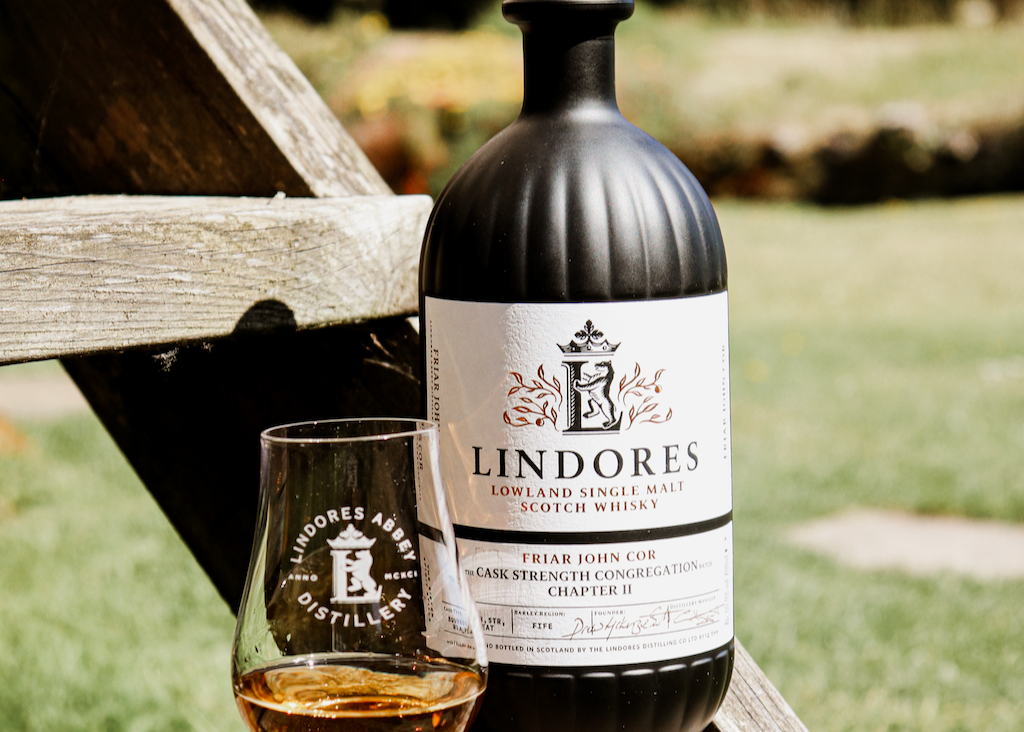
New distilleries usually play it safe. They set up shop in the better-known whisky regions of Scotland—Speyside, Highlands, Islay, and so on. They then age their stock in tried and tested cask types—bourbon and sherry, usually. Sensible.
Lindores Abbey in the Lowlands—the most obscure of the single malt-producing regions—has taken a few risks, including with their latest cask-strength release, Friar John Cor Congregation Batch Chapter 2.
They’ve matured it in a mix of ex-bourbon barrels, “STR” casks—wood which held red wine before being shaved, toasted, and re-charred—and also in casks that have held both heavily peated whisky and rum.
Absolute mayhem. To be honest, we were almost hoping that this would flop. There’s just far too much going on here.
But, it works. Somehow, all of those wildly eclectic cask influences stand up to each other and form a remarkably complex, well-integrated whisky.
That’s hard to pull off when working with an older spirit, but harder still when the whisky is this nascent.
Lindores must be rather pleased with this, as are we. An absolute triumph in experimental maturation.
Glen Scotia Malts Festival Edition 2023: 11 Year Old
$81
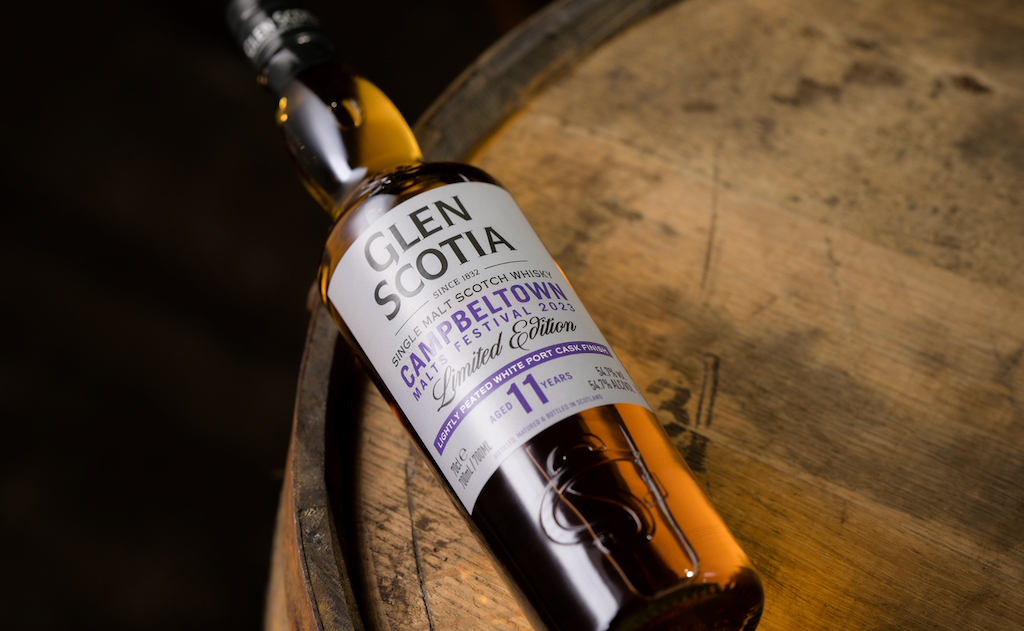
Few places in Scotland profited from the whisky boom as much as Campbeltown. This sleepy west coast hamlet has a deep harbor and was well situated to cash in on the transatlantic booze trade.
Cash in it did. By the turn of the nineteenth century, the town was home to nearly thirty distilleries, one for every couple of hundred souls.
With wealth came speculating investors from the cities, who bought up stocks, overexpanded capacity and cut quality. Prices crashed and drinkers looked elsewhere, closing most of the town’s distilleries.
A handful survived. Luckily, Glen Scotia was among them. One of Scotland’s smallest distilleries, she’s a textbook example of that classical Campbeltown style—lightly peated with a touch of sea-salt and brine.
Their latest release—Festival Edition 2023: 11 Year Old, bottled for the town’s annual Malts Festival—spent a decade in American oak before a year-long “finishing” in ex-white port casks.
Quite tropical on the nose. On the palate, bright, fresh, and fruity. A dash of water opens it up further, and brings melon and green apples to the fore. It’s only in the long, drying finish that the salty Campbeltown “funk” appears. A remarkably well-integrated whisky, and probably our favorite of the year.
Gordon & Macphail Glenlivet 1949
$44,426
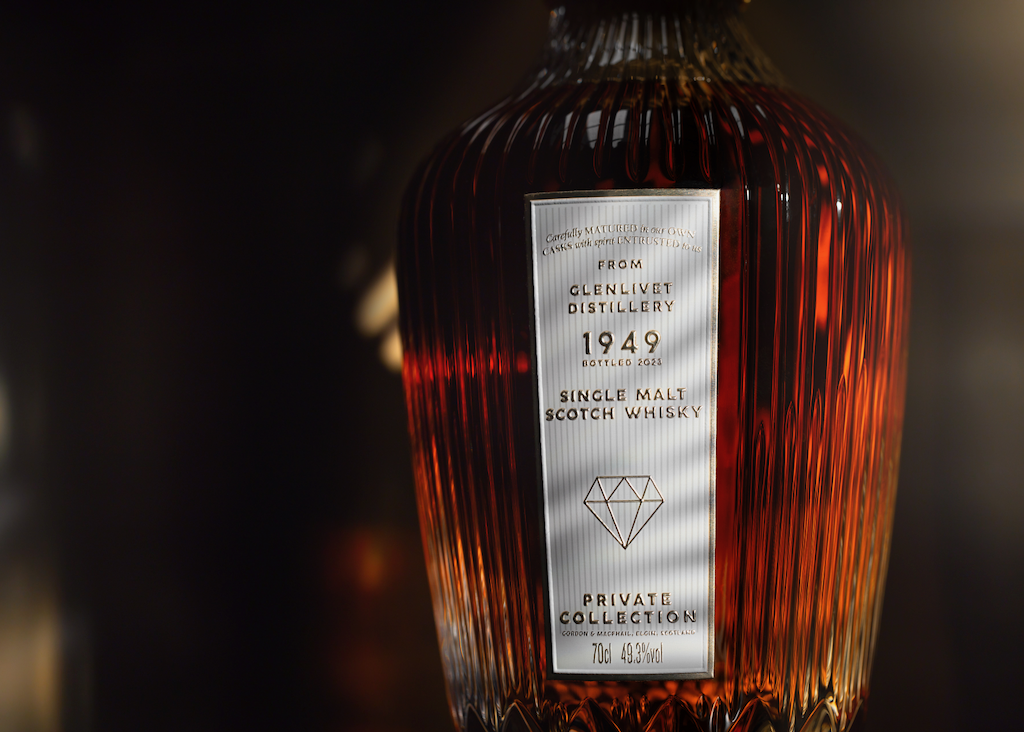
The adage of “the older, the better” in whisky is complete nonsense. Actually, it’s often a bit of a scam. Aging for decades can see the wood overpower the spirit, leaving an oaky, flabby mess of a whisky that cannot be saved by crassly expensive packaging.

The risk is real; malts over fifty or sixty years old will cost you tens of thousands of dollars.
The answer is independent bottlers. These often family-owned, multi-generational businesses have built reputations on ordering unaged, new-make spirit from distilleries across Scotland and filling their own casks. If some are duds, they can afford to discard them.
Gordon & Macphail have been aging malts longer than most, and this 1949 bottling of a single cask from Glenlivet Distillery shows why they’re trusted to get old whiskies right.
The cask is a ”refill,” so has been used to age another Scotch whisky before being filled. Its very first contents were sherry—likely oloroso—which often imparts whiskies with rich, fruity notes.
The choice of a refill was intentional; that previous batch of Scotch has all but drained the sherry soaked staves of the cask, preventing the subtleties of Glenlivet’s fruit-forward spirit from being smothered.
It has paid off (as the price shows). For a 74 year-old, this is remarkably fresh and vibrant. We’re getting baked fruits. Pineapple tarte tatin, perhaps? The cask has yielded just shy of two hundred bottles, so this won’t be an easy one to find but, every bit worth the hunt.
Tamdhu 18 Year Old
$200

Shorter days and cooler nights naturally lead to Tamdhu. This little-known Speyside single malt has doubled down on rich, weighty scotches by exclusively aging in ex-sherry casks.
Now, sherry is a broad category. These fortified Spanish wines span the whole gamut of flavor. Bone-dry Finos oxidize into nutty, aromatic Amontillados or savory, almost-salty Manzanillas. Olorosos are often warm, spicy, and occasionally vegetal, whilst Pedro Ximénez is unforgivably sweet and rich.
There’s also Palo Cortado, but even those who make it struggle to explain what it is. The main point is that flavor profiles and textures vary drastically. So, when sherry producers hand over their used casks to the Scots, all manner of whisky styles result.
At Tamdhu, ex-oloroso wood is the mainstay. These casks are crafted from either American or European oak. The former imparts coconutty, vanilla-driven flavors, while the latter brings dryer, spicier notes.
Tamdhu’s 18 Year Old combines both. This is a big, wintery whisky. The bitterness of dark chocolate dominates the nose, with the palate ushering in more citrusy flavors. If you’ve ever stooped so low as to eat an orange slice lingering at the bottom of a pot of mulled wine, that’s what we’re getting here. As heavily sherried drams go, you can’t get much better than this.
Speyburn 18 Year Old
$130
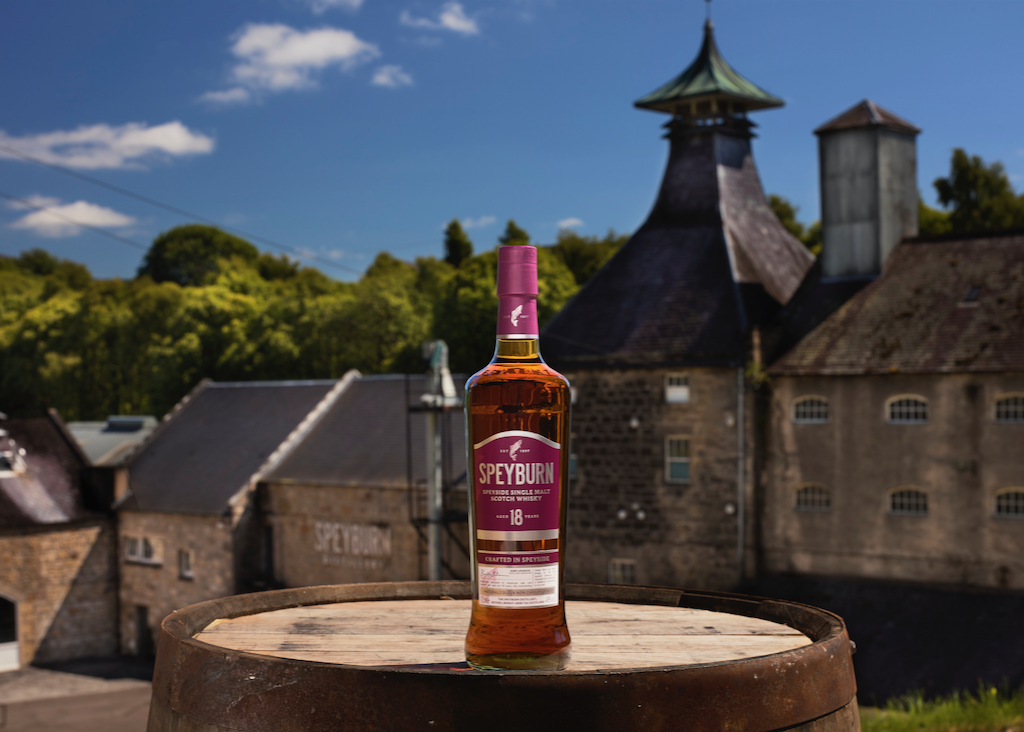
Even amongst seasoned drinkers, Speyburn is largely unknown.
Indeed, it has spent much of its life quietly supplying spirit to well-known blended Scotches—Hankey Bannister and Catto’s, amongst others.
Moreover, it’s never been on the tourist trail of Speyside distilleries. This year, though, it has opened its doors to the public for the first time and is also growing confident in its own single malts.
The house style here is light, fruity, and well-balanced. Maturation is classic Speyside: a spread of American-oak and European-oak ex-bourbon and ex-sherry casks. There’s no gimmicks here—no quirky cask finishes, experimental yeasts nor novel barley varieties.
Speyburn’s 18 Year Old plays towards the sherried end of the flavor spectrum, and does it rather well. A creamy chocolateness runs through the palate and into the finish, which parts with a very slight smoky, almost bitter edge to it.
Glen Moray 21 Year Old Portwood Finish
$215
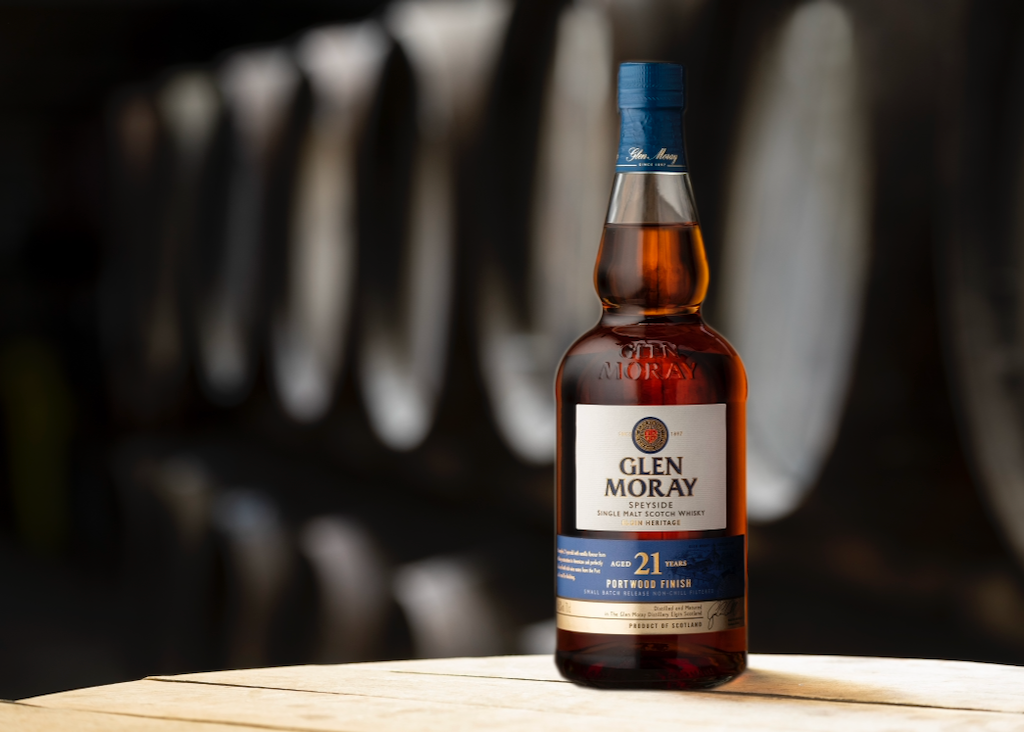
There’s a saying in Scotland that, “it is the wood that makes the whisky.”
That gives rise to quite a debate in the trade. The proponents have plenty of evidence. They point to the clear disparities in color, texture, and flavor profile between those malts matured exclusively in American bourbon barrels, for example, vis-a-vis those aged in refill wine casks.
The more reasonable of the opponents will concede to a degree but will remind us that a good cask will never save a bad whisky. That is, the wood needs unaged spirit to work with, and that spirit varies wildly between distilleries.
That we’re having this debate is a good thing. Historically, the aging of whisky was a bit, uhm, ad-hoc. The earliest Scottish and Irish distillers—farmers, crofters, and so on—matured their fiery, home distilled spirits in whatever they could get their hands on.There are even tales of distillers working with herring casks—the mere thought of which turns one’s stomach.
Nowadays, wood choices are more mainstream. Some distilleries, however, continue to mature in an eclectic range of cask types.
Glen Moray comes to mind. Their 21 year old spends the first 19 years of its life in traditional ex-bourbon barrels and is then re-racked into ex-tawny port casks.
The result? A near-perfect balance between spirit and wood. Glen Moray’s fruit-forward house style is undeniably there, but the port imparts a remarkable richness and a much welcomed heft to the texture.
Deanston 15 Year Old Tequila Cask
$102
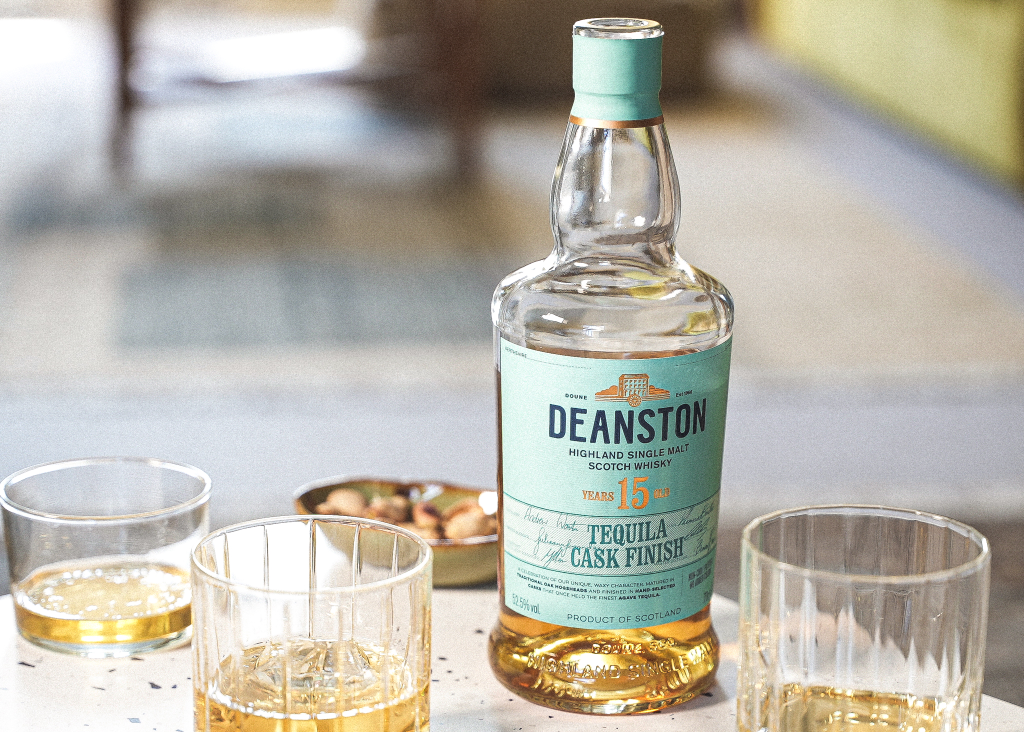
When the Scotch Whisky Association—the industry’s trade body and de facto regulator—relaxed strict rules on how whisky is matured, reactions were mixed.
The purists decried an assault on tradition. Others welcomed an overdue loosening of excessively tight constraints on a craft which has a history of experimenting.
We sat back and waited to see how distillers would use their new-found freedom.
The result? Ex-tequila cask maturation.
There have been a few of these now, but we’re especially drawn to this release from Highland distillery Deanston. The bottle says the spirit was first aged in traditional oak—we presume ex-bourbon—before a period of finishing in those refill tequila casks.
But, what exactly was in those casks beforehand? Tequila from the Altos (Highlands) of Jalisco, Mexico, which generally crafts floral and fragrant spirits. Deanston’s casks held these tequilas for four to five fills, so the wood is well-seasoned and has plenty to impart on the whisky.
Does it work? Yes and no.
In some ways, this 15 Year Old Tequila Cask whiskey is precisely what the purists feared: a spirit dominated by the tequila influence on the nose and through to the palate and finish.
One really has a hard time finding Deanston’s underlying spirit style here; the sweet grassiness imparted by the tequila all but flattens it.
But yet, it is hugely flavourful. And, as odd as this is, we rather like it.
Is it a Scotch in the conventional sense? Perhaps not.
Is it worth the buy? Undoubtedly.
Bunnahabhain 12 Year Old Cask Strength (2023 Release)
$92

Before the railways made it to rural Scotland, everything came in and out by boat.
Distilleries across the country shipped in grain and empty casks and sent out matured, aged spirit to the likes of Glasgow and Edinburgh for bottling.
To cut shipping times, distilleries set up shop on the coast and built their own docks. And, so boats knew where to land, they put up long, whitewashed stone warehouses, with their distillery name painted in block, black stencil.
One can still see these at Bunnahabhain, which is perched on the northeastern coast of the Isle of Islay.
We suggest you sit dockside with a dram of ‘Bunna, overlooking the Sound of Islay, which runs into the Atlantic. At slack tide, red deer swim across the Sound to Jura.
We’d opt for this year’s release of their Cask Strength 12 Year Old.
It’s a big, sherried dram, in which lashings of salted caramel meet candied almonds. The natural strength locks in viscosity and leaves a seemingly never-ending, gripping finish. An astonishingly well made malt.
Bruichladdich Port Charlotte PMC:01
$155
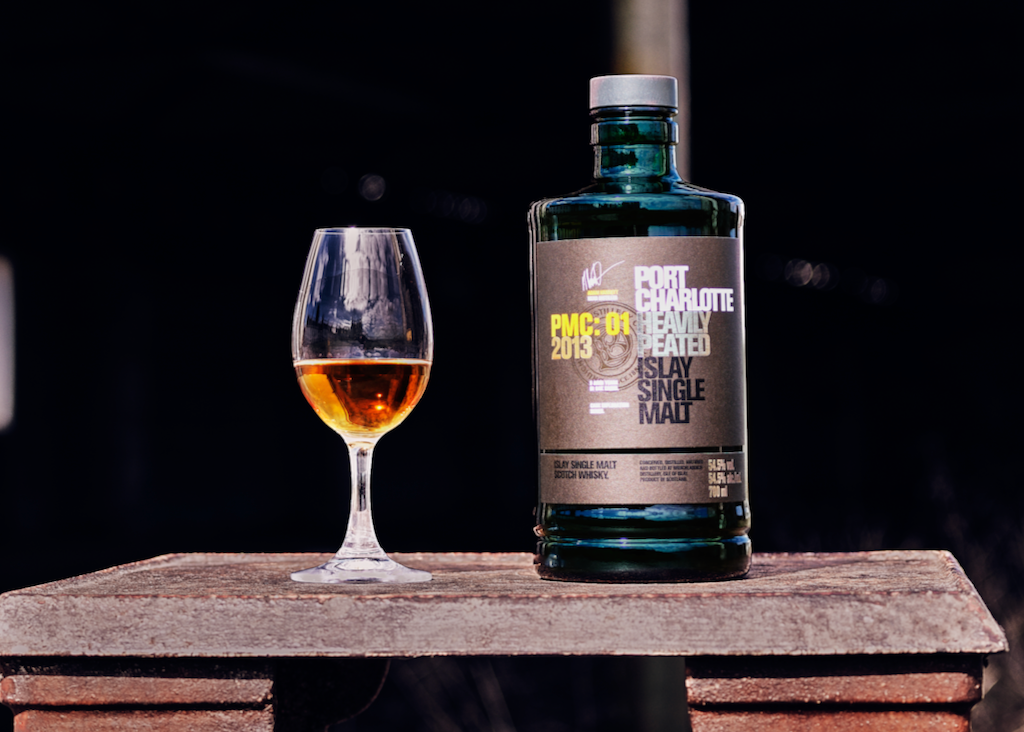
On the other side of Islay sits another near-unpronounceable distillery, Bruichladdich.
We’ll give you a hand: “Brook-laddie.’ Here, provenance is everything. Every cask is filled, aged, and bottled on the island. Bottles carry “recipe codes,” which break down the cask composition, where the grain was farmed, and the vintages of the spirit.
In hand, we have Port Charlotte, one of their heavily peated malts. The PMC:01 release sees classic, ex-bourbon matured malt re-racked for a second maturation in ex-Pomerol wine casks.
Pomerol—the smallest appellation in Bordeaux—is famed for earthy, plummy reds. We see that influence here—new leather on the nose and stewed fruits on the palate. A healthy dose of water draws out floral notes (honeysuckle?).
This really is a rather intricate dram, and one way more complex than most whiskies of this age.
One also struggles to believe that this is heavily peated; the Pomerol largely tames the smoke without drowning it out. Easily our favorite Islay bottling of the year.
Scotch Malt Whisky Society 40 Year Old (Cask 12.79)
$3,808
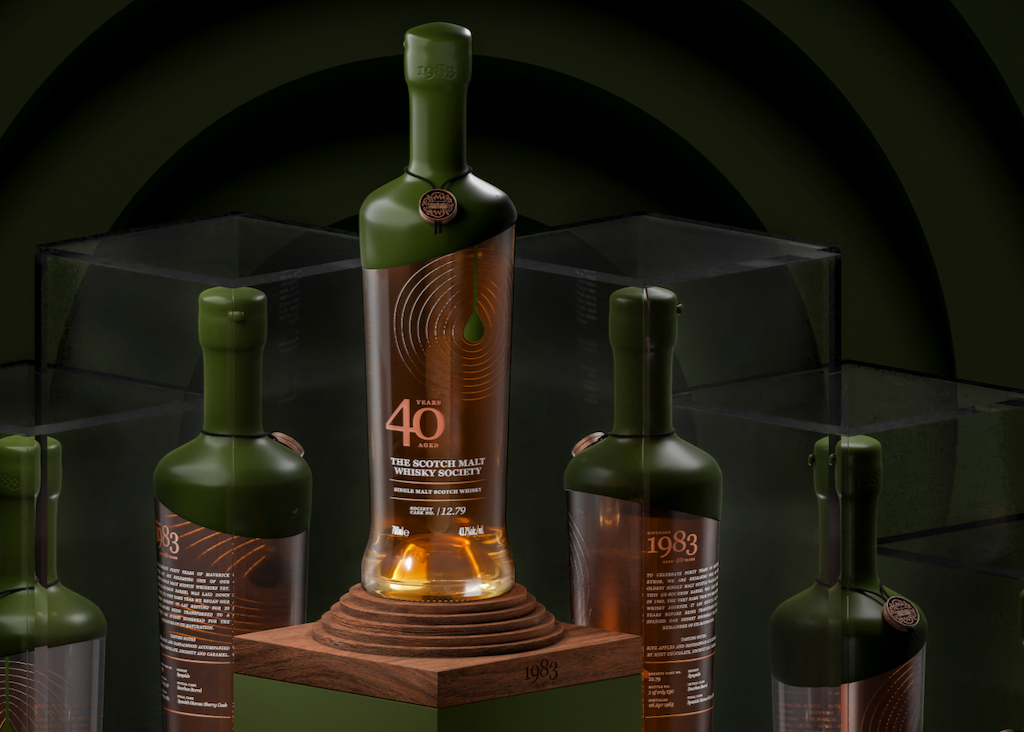
Forty years ago, whisky was in a rather different place.
Blended Scotches dominated the market. The difference between them? You’d have been hard-pressed to find any, and that was almost the point.
For a blender, consistency is everything.
You buy casks from distilleries across Scotland—each selected as a standalone ingredient to add a particular thing to your blend—and create a house style that the market can drink over and over again.
You find a flavor profile that works, and you stick to it.
That’s well and good, but there’s an irksome contradiction baked into that psyche.
Why go to so much trouble selecting individual, flavourful ingredients just to make their individuality disappear?
We suspect that question led Pip Hills and his friends founding the Scotch Malt Whisky Society.
They bought one cask at a time and bottled it not as a blend but as a single cask, single malt. They didn’t even water the spirit down to typical bottling strengths.
The result is powerful, individualistic whiskies that champion inconsistency.
This year, the Society turns forty. To celebrate, they’ve bottled a very well-aged malt from Benriach, a legendary Speyside distillery.
The spirit was aged on ex-bourbon wood for thirty-five years and re-racked into an ex-oloroso sherry cask for a secondary maturation. There’s a lot going on here, but lemon sherbert comes to the fore with richer, nuttier notes following.
The latter must be that oloroso influence which then yields in the finish to a wave of vanilla and white pepper. That’ll be the bourbon.
Old whiskies can be overaged, and even flabby; but this is vibrant and bright, and, most crucially, carefully balances spirit and wood influence.

